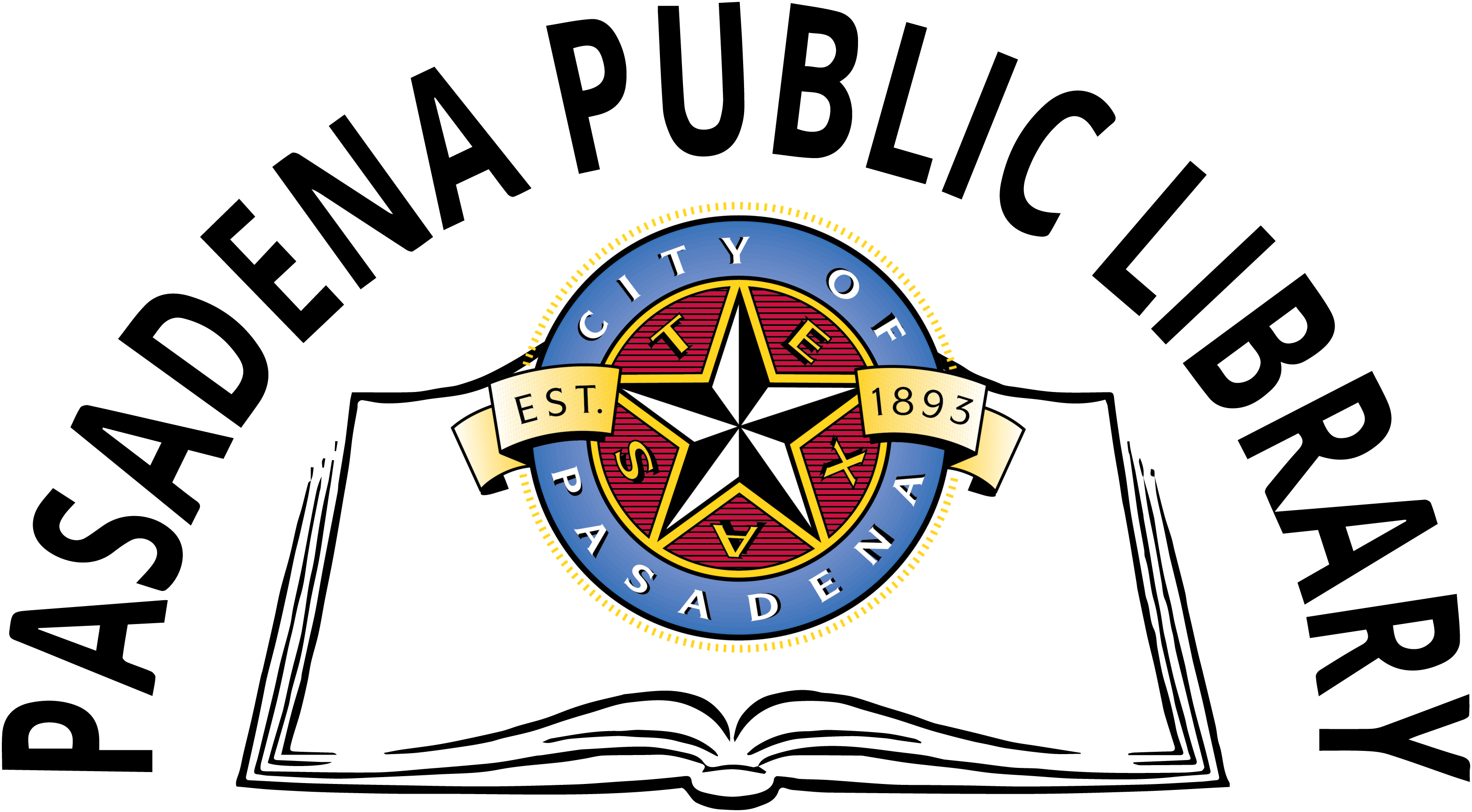Home is where your child begins to learn!

You are your child's first (and BEST!) teacher! You have been your child's teacher since they day they were born! You are in the best position to help your child get ready to read because:
- You can do activities for short periods of time throughout the day.
- You can help your child learn in ways and at times that are easiest for them.
- Children learn best by doing -- and they love doing things with you!
Learning to read begins before children start school. It's never too early or too late to help your child develop language and other literacy skills. Check out these five best ways for children to get ready to read!

Reading together is the single most important way to help children get ready to read. Reading together increases vocabulary and general knowledge. Children who enjoy being read to are more likely to want to learn to read themselves!
- Read every day.
- Before you begin a book, look at the cover and predict what the book is about.
- Have books within easy reach. Make a special spot in your house for books.

Children learn language by listening to people talk! The more you talk to your child, the more they'll understand the world around them!
- When your child makes a statement, respond to it and add more information. "Yes, I see the puppy. She looks really excited!"
- Narrate what you are doing! "Are you ready for your bath? I'm turning on the water. Feel it...it's warm water. Let's add the bubble bath. etc."
- Talk and listen to your child as you prepare meals, do household chores, get ready for bed -- anytime is a good time for conversation!

Reading and writing go together. Children can learn pre-reading skills through writing activities.
- Writing begins with scribbles and other marks. Encourage this by providing many opportunities to draw and write.
- Children can "sign" their name to drawings, which helps them understand that print represents words.
- Talking to your children about what they draw and writing captions helps make a connection between spoken and printed language.

Songs are a wonderful way to learn about language. Singing also slows down language so children can hear the different sounds that make up words. This helps when children begin to read printed language.
- Sing the alphabet song to learn about letters.
- Clap along to the rhythms in songs so children can hear the syllables in words.
- Sings songs, nursery rhymes, and play music.
Don't know what to sing? Ask your librarians for their favorite songs and rhymes! Singing is our favorite!

Playing helps children think symbolically, so they understand that spoken and written words stand for real objects and experiences.
- Give your child plenty of playtime.
- Encourage dramatic play. When children make up stories using puppets or stuffed animals, they develop important narrative skils.
- Have a prop box with inexpensive items that children can use for imaginative play.
